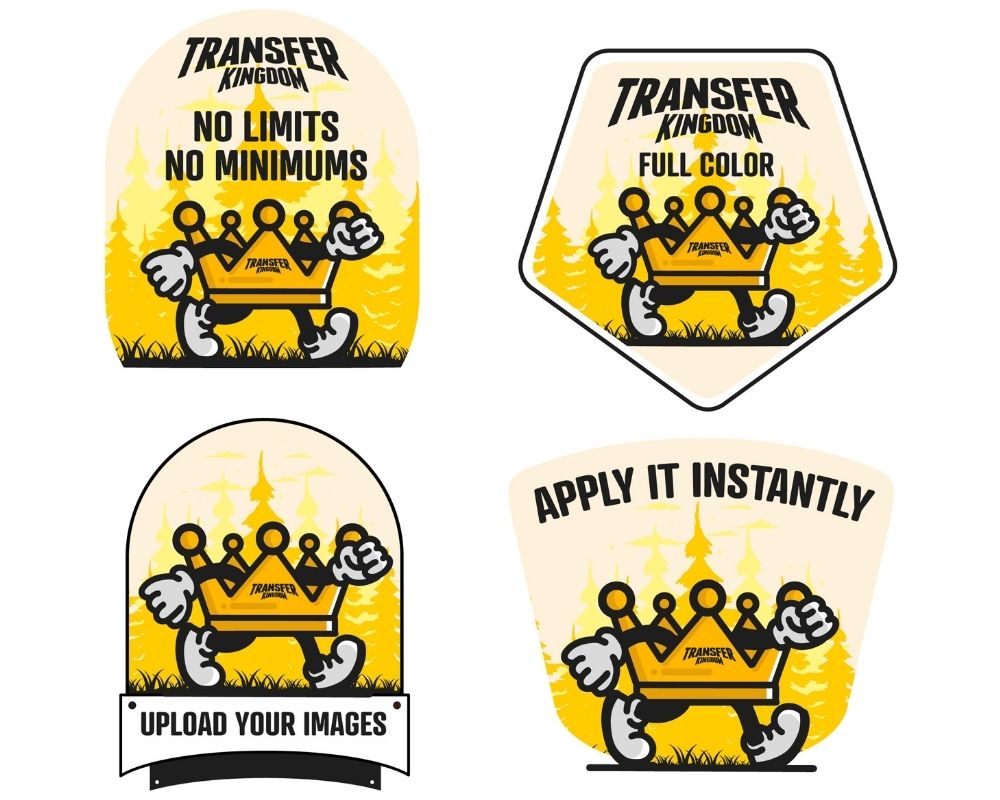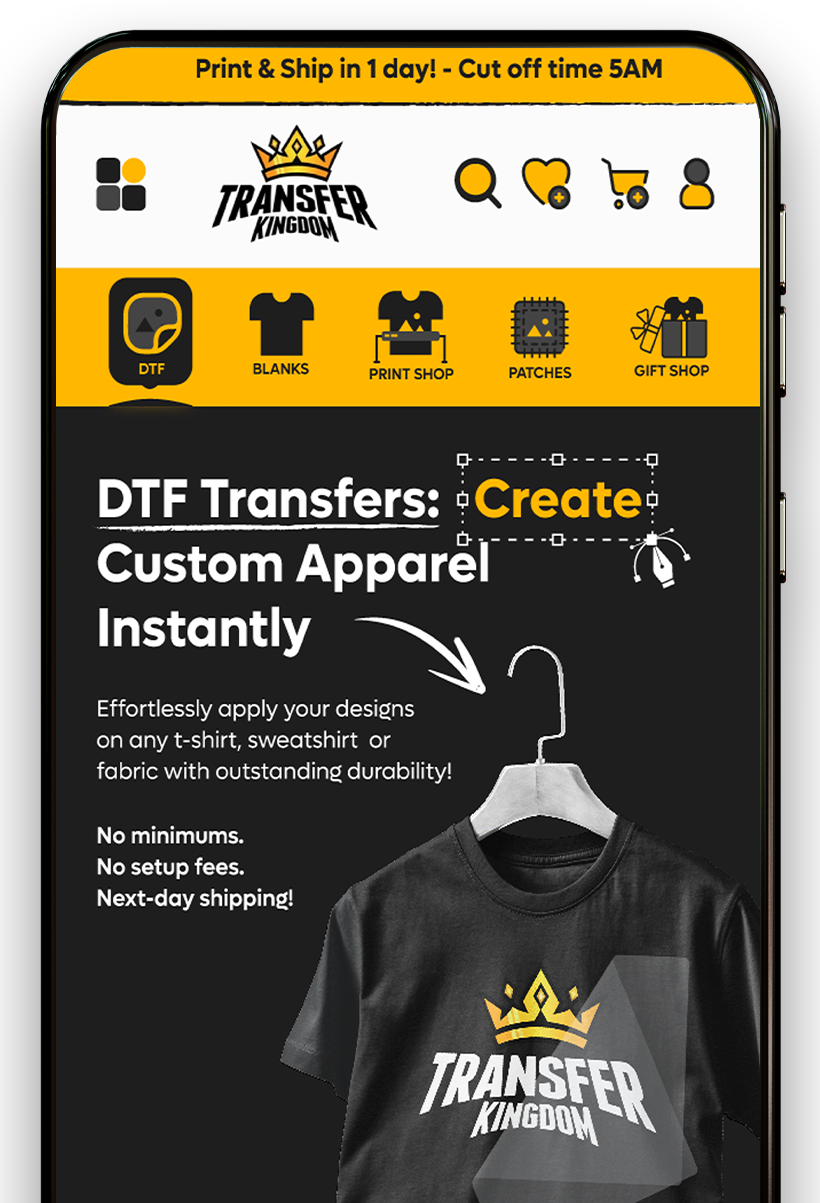Finding Profitable Niches and Identifying Your Target Market

The custom apparel market is booming, but not all designs sell equally. Success comes from identifying profitable niches and truly understanding your target market. This guide explores strategies to uncover niche opportunities, validate ideas, and connect with the right audience—so your shirts don’t just exist online, they sell.
Why Niches and Target Markets Matter
Selling “for everyone” means selling to no one. The most successful apparel brands focus on specific audiences who resonate with their designs. By defining your niche and target market:
You reduce competition.
You create stronger brand identity.
You market more effectively.
You increase conversion rates.
👉 Tools like Custom Gang Sheets make it easy to test designs for multiple niches without overspending.
Step 1: Understand What a Niche Is
A niche is a focused market segment—for example, instead of “funny shirts,” you sell funny teacher shirts.
Examples of niches in 2025:
Pet lovers (dogs, cats, exotic pets).
Fitness communities (yoga, CrossFit, running).
Careers (nurses, teachers, engineers).
Hobbies (gaming, camping, music).
📌 Quick Recap: Niche = focus + specificity = stronger sales.

Step 2: Research Profitable Niches
To find profitable niches:
Check Trends: Use Google Trends, TikTok hashtags, and Etsy/Amazon bestsellers.
Look for Passion: Niches with emotional connection convert better.
Validate with Data: Search volumes, engagement, and purchase behavior.
Test with Small Runs: Use Premade Gang Sheets to test multiple designs.
💡 Pro Tip: A niche should have demand and buying power.
Step 3: Define Your Target Market
Your niche tells you “what,” but your target market tells you “who.”
Define your ideal customer by:
Demographics: Age, gender, income, location.
Psychographics: Interests, lifestyle, values.
Behavior: Shopping habits, social platforms, spending power.
👉 Example: Instead of just “fitness niche,” target “women aged 25–40 who do yoga and shop eco-friendly.”
Step 4: Validate Your Niche
Before investing big, validate your market:
Create mockups and test ads.
Collect email sign-ups for upcoming designs.
Launch pre-orders to gauge interest.
Use the DTF Gang Sheet Uploader to print small test runs.
📌 Quick Recap: Validate → Produce → Scale.
Case Study: Teacher Niche Success
A small seller focused on “funny teacher t-shirts.” They started with Custom DTF Transfers and Blank Apparel, marketed on Instagram, and quickly gained traction. By speaking directly to teachers’ humor and daily struggles, their designs went viral. Within 6 months, they scaled into a full Shopify store with repeat buyers.
📌 Lesson: The more specific your audience, the easier it is to sell.
Table: Niche Evaluation Checklist
| Criteria | Why It Matters | Example |
|---|---|---|
| Passionate Audience | Increases repeat sales | Pet lovers |
| Trend Longevity | Avoids short-term fads | Fitness niche |
| Profit Margin | Ensures sustainable growth | Career tees |
| Competition Level | Easier to stand out | Funny teacher tees |
| Seasonal Potential | Boosts peak sales | Halloween shirts |
Step 5: Connect with Your Audience
Once you know your target market:
Use their language in product descriptions.
Post content where they hang out (TikTok, Instagram, Pinterest).
Highlight benefits they care about (comfort, durability, funny slogans).
Offer collections tailored to them.
👉 Example: Launch a Christmas Teacher Shirt Collection and promote it in teacher Facebook groups.

Step 6: Scale Into Multiple Niches
After success in one niche, expand strategically:
Add complementary niches (dog lovers → cat lovers).
Launch seasonal drops (Halloween, Christmas, Valentine’s Day).
Test premium upgrades with Glitter Gang Sheets or UV Stickers.
💡 Pro Tip: Don’t scale too fast—master one niche before adding another.
Conclusion
Finding profitable niches and identifying your target market is the foundation of a successful apparel brand. Start small, focus on specific audiences, validate your designs, and grow from there.
With DTF Transfers Ready-to-Press, you can test designs affordably, while tools like the Gang Sheet Builder make scaling easy.
👉 Remember: Focused niches create loyal buyers. Broad markets create noise.
What is a niche in apparel?
A specific market segment (e.g., dog lover shirts).
Why are niches important?
They reduce competition and increase conversions.
How do I find profitable niches?
Research trends, validate with data, test small runs.
What is a target market?
The exact group of people your product is for.
Can I sell to multiple niches at once?
Yes, but start with one to build focus.
How do I validate a niche?
Pre-orders, mockups, and small test runs.
What niches are trending in 2025?
Teachers, pet lovers, seasonal events, and wellness.
Do seasonal niches work?
Yes, especially Halloween and Christmas.
How do I connect with my audience?
Use their language and market on their platforms.
Where can I order transfers to test niches?
At Transfer Kingdom: DTF Transfers.










